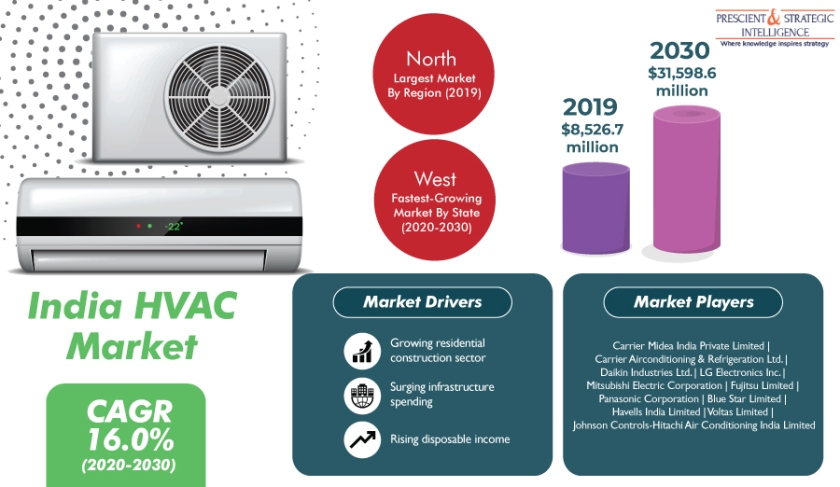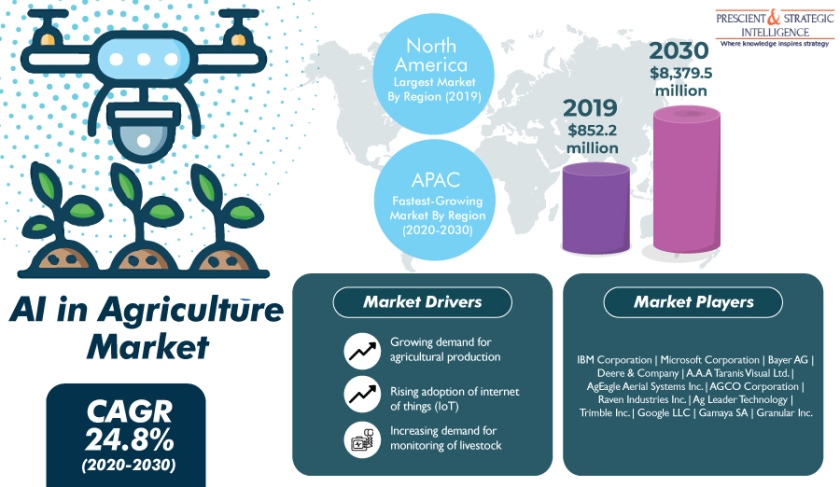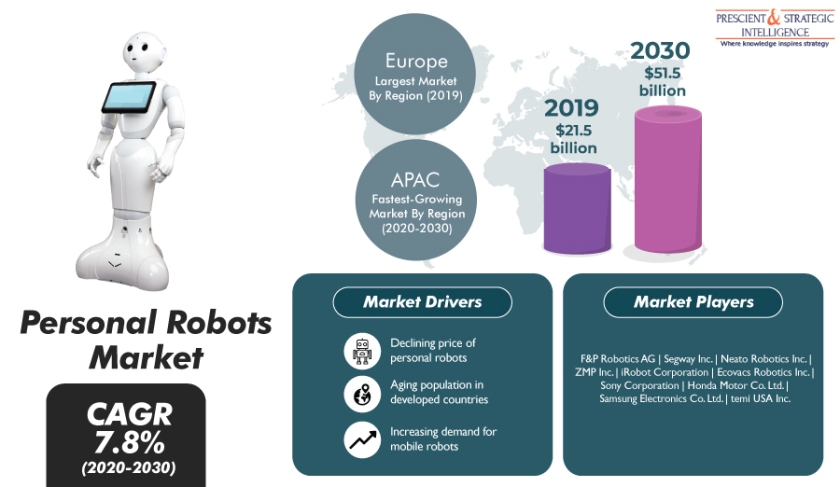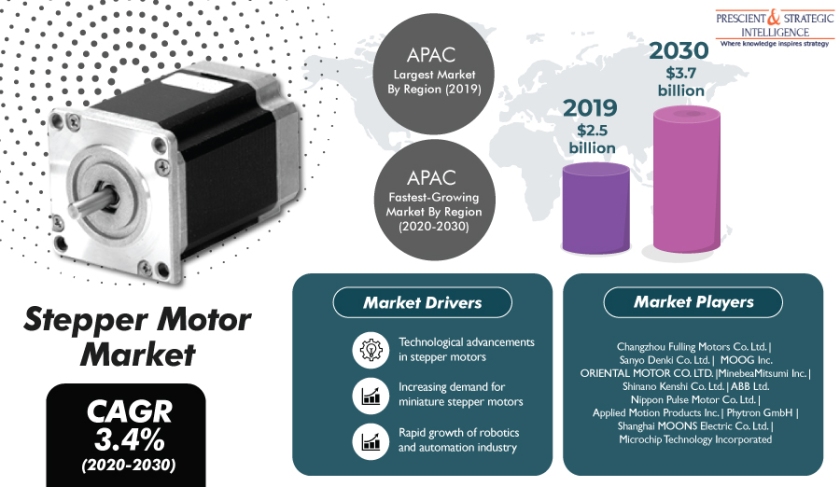India is increasingly adopting cooling equipment, such as room air conditioners (ACs), chillers, variable refrigerant flow (VRF) systems, split units, and ducted split/packaged units, owing to the subtropical climate of the nation. For example, southern region of the country observe hot and humid conditions for most part of the year, and varying climatic conditions are observed in northern region.
Get the Sample Copy of this Report @ https://www.psmarketresearch.com/market-analysis/india-hvac-market/report-sample
Additionally, the rapid urbanization in India has resulted in surging disposable income of people, which has enabled the Indians to spend freely on heating, ventilation, and air conditioning (HVAC) equipment. Currently, India is witnessing an expansion of residential construction sector, on account of improvement in real-estate regulations, increment in government-initiated residential plans, and escalation in urbanization rate.
According to Invest India, by 2050, the Indian construction sector will hold the third position, globally. The newly constructed housing units are installing umpteen number of ACs, ventilation systems, and heat pumps. Owing to these reasons, the HVAC market in India will grow at 16.0% CAGR during 2020–2030. The market stood at $8,526.7 million in 2019, which is projected to reach $31,598.6 million by 2030.
Apart from housing units, commercial facilities like shopping malls, office complexes, hotels, hospitals, supermarkets/hypermarkets, metro stations, and railway stations are also incorporating HVAC systems to offer better environment to their employees and customers. The housing and commercial units are deploying heating equipment like air-source, ground-source, and water-source heat pumps; gasoline, propane and electric furnaces; fire-tube and water-tube boilers; and unitary heaters.
Additionally, Indian offices and shopping malls are also switching to ventilation equipment such as ventilation fans, air-handling and fan-coil units, air cleaners, and humidifiers and dehumidifiers.






